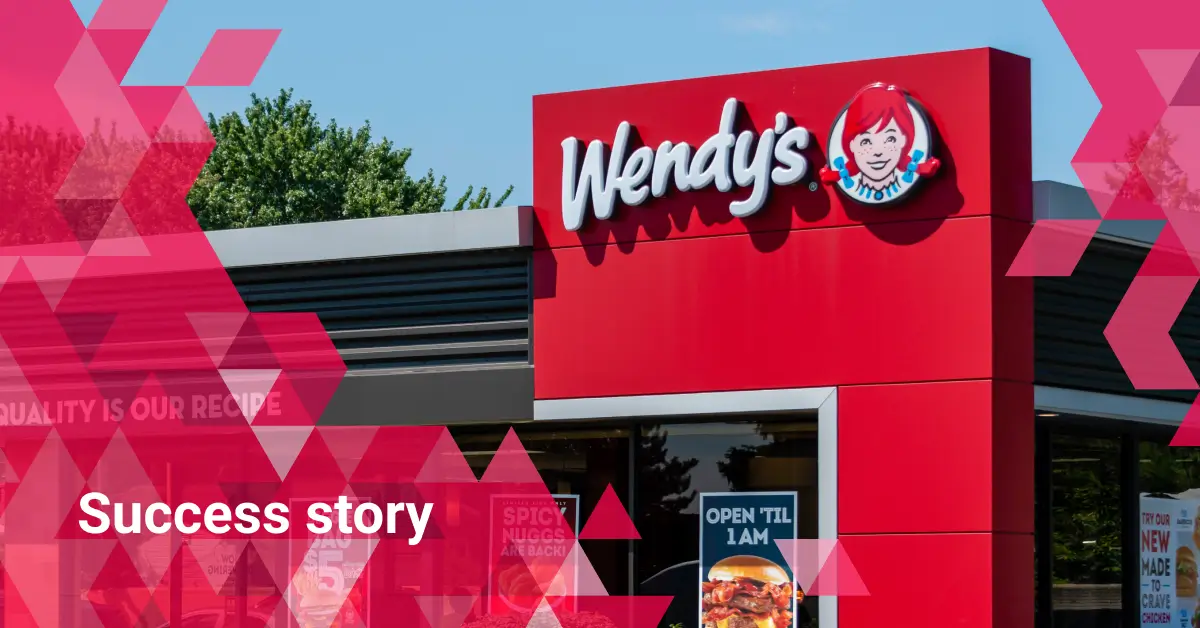5 Employee Training Methods For Faster, More Effective Onboarding

At some point, a frontline worker on your team will have to tackle an issue on their own. It might be the first time a customer asks them a question, or the first time the line starts running. At that moment, their nerves, confidence, and ability to perform depend on one thing: proper training.
Adequate training is key for every frontline worker, especially those who operate without direct supervision. But training frontline workers can be challenging and time-consuming. Training is critical to success, morale, and longevity of employment, but it’s often done haphazardly and archaically.
Employee training methods should be conducted efficiently. If the unique needs of frontline workers are taken into account and paired with targeted training and mobile technology, they’ll be confident during that first moment.
The Purpose of Employee Training
There are two ways to look at training. The first is to cover the basics and hope that new employees swim instead of sink once they have to put it into practice. The second is to set employees up for long-term success.
Take, for example, retail training. Most retail training methods instill a certain amount of product knowledge, as well as some insight into using the tools and technology available. There is, of course, the pro forma recitation of policies and procedures. That’s orientation. But it isn’t really training now is it?
Training shouldn’t be limited to just the basics. The best training helps employees prepare for any scenario. In the case of retail, that might mean providing them with answers to questions like:
- What happens if an item is out of stock?
- What if a customer isn’t clear on what they need?
- What should employees do when they aren’t busy in the store?
- How should they handle difficult customers when it is very busy?
As you can see, this goes beyond basic associate training. It actually gets into the real-world processes of what your associates do.
That matters. According to Glassdoor, teams that have a proper onboarding process improve productivity by up to 70%.
So why don’t more frontline businesses take the time to properly onboard an employee? Because it’s time-consuming, resource-intensive, and for a team that’s already short-staffed and running on limited bandwidth, there’s just no time.
Streamlining your onboarding process without sacrificing knowledge and confidence is the goal of any training program.
Download our 2022 Frontline Trends Report to see how the labor shortage is permanently changing the employee experience.
5 Employee Training Methods That Really Work
The key to a good training program is empathy. Remember, no frontline worker wants to be left to fend for themselves. They want to be supported and have the information they need to face everyday challenges. Here are a few ways to get them there.
1. Centralize and Automate Paperwork for Easy Access
Every organization has policy books and product sheets. They have processes and rulebooks. They have lists of SKUs and safety manuals. It’s a lot to take in, especially when you’re new. New hires will have a lot of questions, and if they’re interacting with customers, they’ll likely be asked a lot of questions.
For frontline workers who don’t have a company email, and aren’t working in an office, accessing the information they need to answer those questions can be a challenge. That’s why having a mobile-friendly platform to access their onboarding paperwork can give them the support they need to succeed in their roles.
Automating processes, such as signing papers to acknowledge receipt, save employees time. Automation also saves managers and HR teams time. When all relevant information is in the same spot, securely accessed by those who need it, no time is wasted.
2. Embrace Microlessons
There’s a famous scene in The Hudsucker Proxy where the new hire is bombarded by information, requests, demands, and threats (“Your employee number will not be repeated! Without it, you will not get paid!”). It’s satire, but anyone who’s ever been thrown into the deep end their first day on the job can relate.
Microlessons, where employees can read information in small chunks, break apart that first-day rush. These bite-sized pieces of information give employees the freedom to read the relevant information, watch training videos, and generally get oriented, requiring a centralized repository of resources. If, like most frontline workers, they don’t have a log-in, this means establishing that repository on a digital, mobile-first platform.
3. Try Hands-On Training
Policies. Processes. Procedures. These are all important. But they just describe the job. They aren’t the actual job. And the only way to learn the job is to do the job.
Hands-on training can be frustrating. A manager either needs to spend their whole day with a trainee, or another more experienced worker has to show them the ropes while simultaneously doing their job. But for a frontline worker, this can be crucial. It’s a chance to see how the paperwork translates into their day-to-day work life.
4. Assign Mentors
Mentors matter. When a new employee is assigned a “training buddy” they know they have someone they can turn to and ask questions. This often goes hand-in-hand with hands-on training, where the dedicated mentor can walk them through the day-to-day tasks.
A mentor is especially important when setting up a training program for manufacturing. After all, those can be challenging workplaces, and employees who don’t know all the ropes (or walk haphazardly on those ropes) can put themselves and others in danger. The dangers are covered in the paperwork, but a mentor can clearly show new hires how to avoid them.
If the employee can use a digital workplace to continue communicating with their mentor, even after onboarding, then they benefit from ongoing training.
Here at Beekeeper, new employees are assigned a bee buddy on their first day to help them get adjusted.
5. Train in Groups
If you’re onboarding a group of people at roughly the same time — and given the labor shortages, many businesses are — then group training is a great way to achieve two objectives. First, it allows businesses to save time. Instead of onboarding one person at a time, a whole team can learn the same lessons at the same time.
The deeper benefit though is that it also builds a team. New hires can bond with people who are in the same situation they’re in. They can support each other, and see that other people have the same questions. They forge a connection from day one.
It’s crucial to keep that communication going. Having a digital workplace that facilities lateral communication allows that conversation to continue.
Beekeeper Makes Training Effective and Fast
Training for frontline workers can often be too fast and ineffective. But the best training gives employees the tools they need to succeed quickly and efficiently. Doing so means allowing them to learn without being overwhelmed, and apply the knowledge in the field.
Beekeeper’s digital frontline operating system is designed for frontline workers. It facilitates training by centralizing all information with easy and secure access. This allows employees to see what they need to see—when they need to see it. Beekeeper’s technology supports peer-to-peer communication, as well as top-down from leadership. And, it gives you access to the automation you need to simplify processes.
Onboarding is a key factor in the difference between chronic turnover and a stable workforce. With the right frontline communication tools, you can ensure every new hire can ramp up.
With Beekeeper, you can implement effective employee training methods that help your business thrive. Talk to one of our experts to learn more about what we can do for you, or download our 2022 Frontline Trends Report below.

About the author
Beekeeper
We make frontline lives easier, work safer, and teams more connected so businesses can reach new heights. At Beekeeper, we’re dedicated to making frontline lives easier by connecting workers with the tools, support, and information they need to feel valued, do their best work, and drive the business forward.







